How To Treat Crepe Myrtle Fungus On Trees?
Prevention and management of both black & white fungus problem
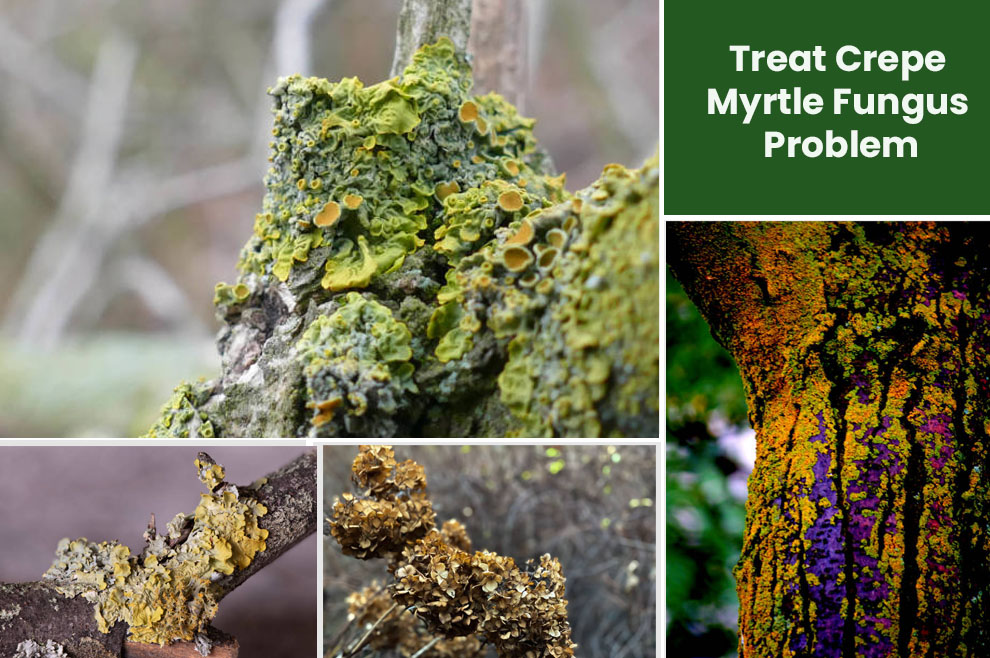
Native to the Southern regions, Crepe Myrtles are essentially trouble-free, beautiful flowering trees. There are not many flowering plants that can compete with it. Just look around your neighborhood – You can see almost every street lined with these bewitching blooming trees.
Their blooming season is between mid-May and mid-July. There is a lot to love about them. But there are certain problems associated with crepe myrtles, and fungus is one of them. So, how to treat fungus on crepe myrtle trees?
In all honesty, the solutions for the problems should start with picking the correct resistant crepe myrtle variety. Regardless, despite taking severe precautions, your plant may suffer from a serious fungal attack if you make one error. What can you do in this situation? Continue reading to find out.
How To Treat Crepe Myrtle Fungus?
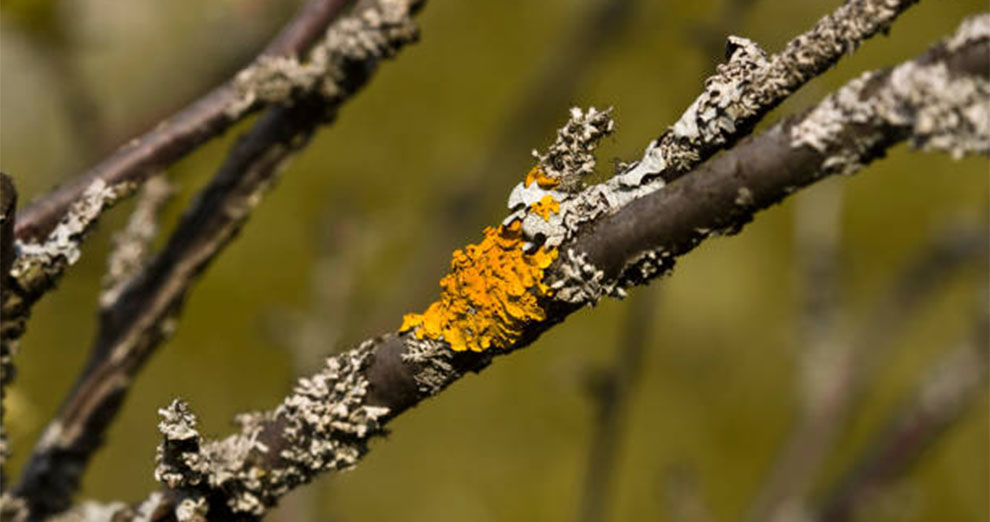
Different kinds of fungi can affect crepe myrtle. So, before you begin feeding your tree with chemical mixtures and fungicides, the first step is identifying the type of fungus: White or Black. It is imperative because the treatment measures depend on the fungus growing on the tree. After knowing the cause, here are some treatment measures for fungus.
- Organic fungicides
- Synthetic fungicides
- Insecticidal soaps
- Horticultural oil
- Neem Oil
- Careful pruning
- Bark-feeding bugs
- Jojoba Oil and more
More on these in the later section. Regardless of the method you apply, read through the instructions on the product label and follow them to the T.
How To Treat Black Fungus On Crepe Myrtles?
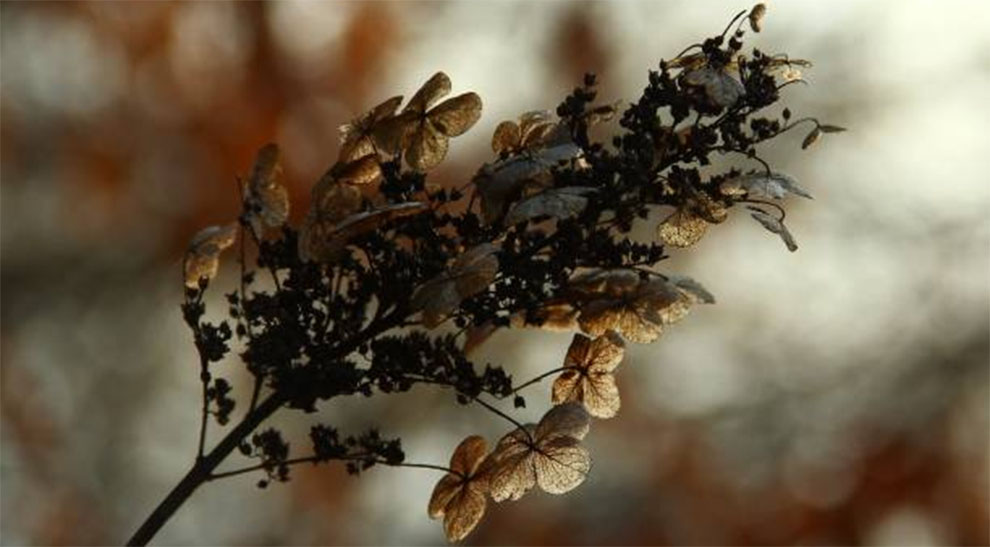
Black Sooty Fungus: When the plant gets attacked by a black sooty fungus, you will see the stem and the leaf full of a black substance making the leaf seem dirty. The presence of the sooty mold is a clear indication of the insect attack on the plant. They are prevalent molds caused by fungi, which grow on honeydew, a sugar substance yielded by different insects, which suck sap from the plants. The common causes for this fungus attack include whiteflies, mealybugs, and scales.
Other Causes of Black Fungus
Beyond those suggested above, there are two other severe causes of black fungus. These include:
- Crape Myrtle aphids typically feed on their namesake plants and attach themselves to the leaf and stems, where they consume all the sap with their sharp mouthparts. Every spring, a new female generation emerges, and the damage to the plant intensifies.
When feeding, aphids release honeydew on the leaves and stems. Airborne sooty mold sores sit on this honeydew, consume it, and form layers of black, greasy fungus. Even though sooty mold does not penetrate stem or leaf tissue, it might block the sunlight and interfere with photosynthesis, making the plant weak.
- Some Crepe Myrtle bark scale insects reside on the plant’s bark, hiding behind the protective wax. You can see them as grayish-white patches, similar to the pruning wounds. If you observe closely, you can see them as insect colonies. Like aphids, even they drain the sap, excrete honeydew, and attract black fungus.
Prevention is Always Better Than Cure
Before we discuss how to treat crepe myrtle fungus, you need to understand the preventive measures you can take to avoid this problem in the future.
Sooty molds are relatively harmless but unattractive fungi that do not attack crepe myrtle directly. Thus, if you can take measures to curtail the insect problem, you can reduce the excessive sooty mold growing on the tree.
One of the simplest ways to lower the aphid number is by letting beneficial insects like ladybeetles live on the plant. Further, you can also remove aphids from crepe myrtle by splashing the leaves with a strong water spray.
Dealing with Black Fungus Problem
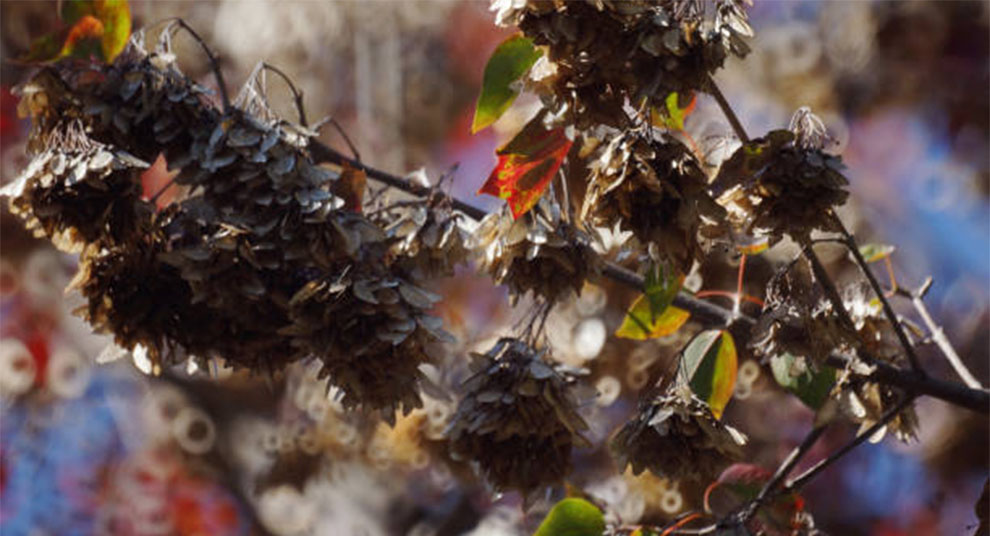
Now, how to treat fungus on crepe myrtle trees? In all honesty, treating sooty molds with heavy chemicals is not necessary. You can wash the fungus from the leaves with dish soap water. Then, for about five minutes, take clean water and throw a strong stream on the leaves.
In addition, you can also spray the leaves with neem oil or horticultural oil. They are less toxic pesticides that can do wonders in removing heavy infestations from the plant. Please remember you must spray neem and horticultural oil only in the early evening after the plant does not get direct sunlight.
Like tanning oil, even horticultural or neem oil aggravates the sun’s effects and puts the leaves under the sun at risk of burning. Depending on the infestation strength, you can repeat the application every two weeks or as recommended. Hence, read the instructions to know the suitable quantity and method of application.
If the crepe myrtle does not cease after all this, you can use insecticidal soaps. Apply them early in the morning or before dark on a cloudy day when the bees are not active. Ensure that the soap completely covers the surface, and repeat the activity every 7-10 days till you get rid of all the fungus.
How To Treat White Fungus On Crepe Myrtles?
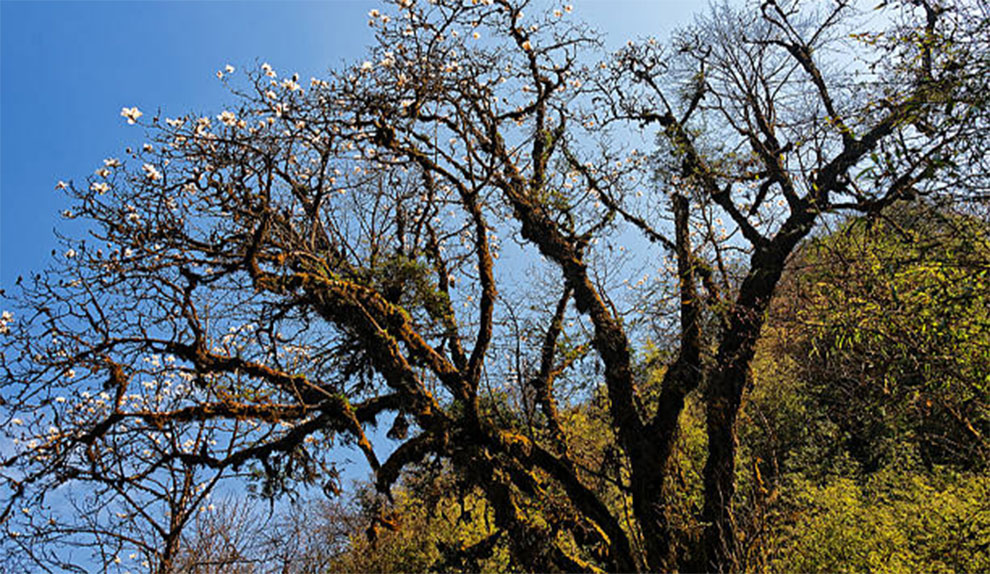
Lichens and powdery mildew can cause white or gray fuzzy growth on the Crape Myrtle. You can typically see it on the blooms and the leaves. Sadly, if you do not take immediate measures to treat them, they can cause severe problems and might even rob your plant of its precious flowers.
Fortunately, it is a treatable fungal growth. So, ideally, you can prevent white fungus from attacking the plants by planting the crepe myrtles in full sun. In addition, removing the suckers is also an excellent preventing measure. However, at times, only a fool-proof treatment can save the plant. Both natural remedies and synthetic fungicides can help eliminate powdery mildew and lichens from plants.
Powdery mildew contains several microscopic spores transported by the land and wind onto the new plant hosts. Hence, when the mildew gets apt conditions, it germinates and tends to infect the crepe myrtle. Sadly, the problem is the condition that fungus needs to thrive are the same as the ideal environment for crepe myrtle. Hence, the white fungus attack is also routine for Crepe Myrtle.
The fungus thrives when the prevailing conditions are humid and damp. Thus, if you leave your Crepe Myrtles improperly pruned, or if they do not receive proper ventilation or are overcrowded, your plants may be at serious risk of fungal attack. So, how to treat crepe myrtle fungus?
Prevention Leads The Way For White Fungus
Again, here the best method is prevention. For this, deprive the plants of shade by planting them in full sun, and the fungus cannot thrive. Alternatively, you can also eliminate the suckers and shoots from the Crepe Myrtle’s base, as new growth offers a suitable location for the powdery mildew to grow.
After the white fungus attacks the plants, it spreads fast to the other parts of the plant with the shoot development. So, the ideal solution is to act as quickly as possible.
Managing the White Fungus
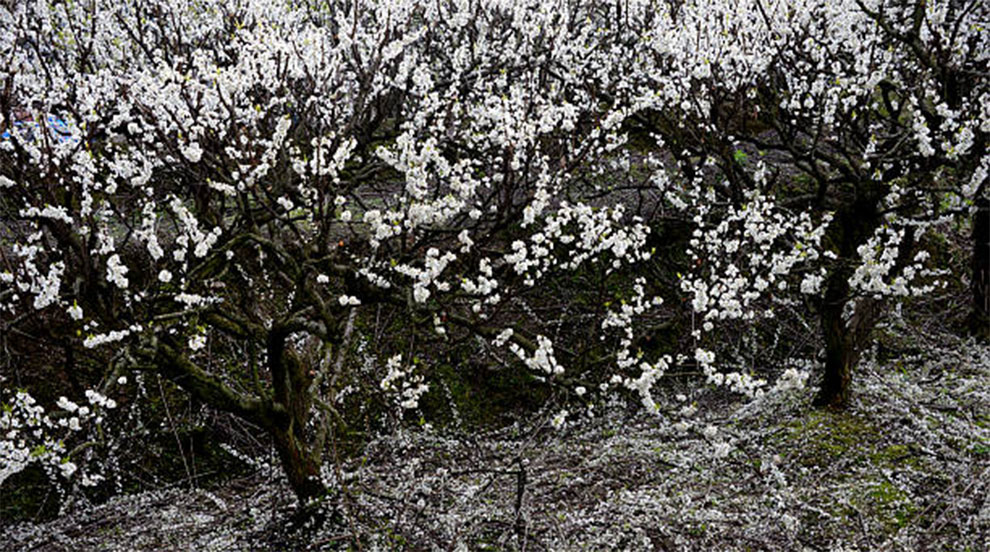
You can follow the following treatment measures if you want to know how to treat crape myrtle fungus:
1. Opt for chemical optionslike synthetic fungicide: These work best when applied early at the first sign of the disease. One of the best chemical fungicides you can use is Myclobutanil. It is sold under common names like Immonox. However, if the spread is too extensive, you need an eradicant to overcome this problem. Apply fungicide every 7 to 10 days till the infection subsides.
2. Natural options: Natural methods boost plants’ health and help remove white mold. Options like neem oil and horticultural oils can prove beneficial in treating white fungus. You can also use potassium bicarbonate, jojoba oil, and sulfur.
3. Pruning: Selective pruning,where you remove the branches methodically, can also help eliminate any crossed, rubbing, dead, or diseased branches.
4. Planting cultivators resistant to white fungus can also help.
More About Crepe Myrtles: Lifespan | Care Guide | Blooming Season | Growth Rate
Other Causes and How To Get Rid Of Fungus on Crepe Myrtle?
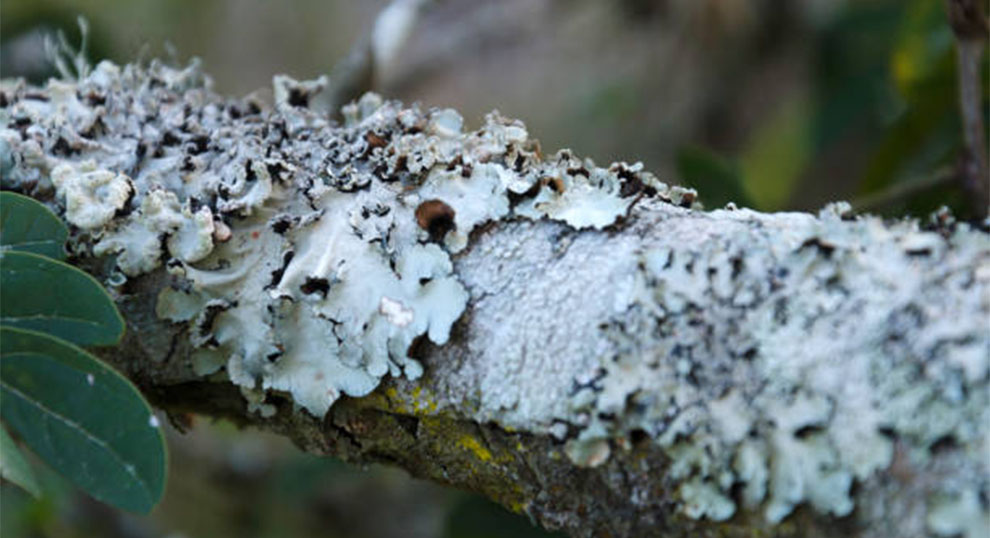
Some other causes of fungus on crepe myrtle include:
1. Turkey tails: It is a disease that causes spongy, white, wood rot and invades wounds in crape myrtles. The shrubs infected by sunburn or freezing are most susceptible to these fungi. Regular pruning when young can help keep these fungi at bay. In addition, regular feeding and watering of the shrubs can also be beneficial. If the situation worsens, consult a specialist.
2. Crepe myrtle tip blight: Another fungus infecting the crepe myrtle results in crepe myrtle tip blight, wherein the branches’ tips turn brown in summer or spring. You can observe closely to find the small spore-bearing bodies. You can treat them with proper cultivation activities and care. Avoid overhead watering because that may further encourage the fungus development. Good air circulation, removing old mulch, and selective pruning can also prove beneficial. If nothing works, you can use fungicides.
3. Cercospora: Cercospora, a leaf spot fungus, is also prevalent in crepe myrtles. You can see them as brown spots on the lower leaves. Sadly, many people fail to identify the fungus, and the fungus results in leaves prematurely developing a fall color and dropping from the plants. Though it does not kill the plant, it stunts its growth. This fungus thrives in sheltered areas where the foliage remains wet with a restricted breeze. So, plant the tree in a sunny spot with good air circulation.
So, that was all about the crepe myrtle’s fungus problem and their solutions. However, if the plant is maintained right from the beginning, there are little to no chances of the fungus problem growing out of control.
